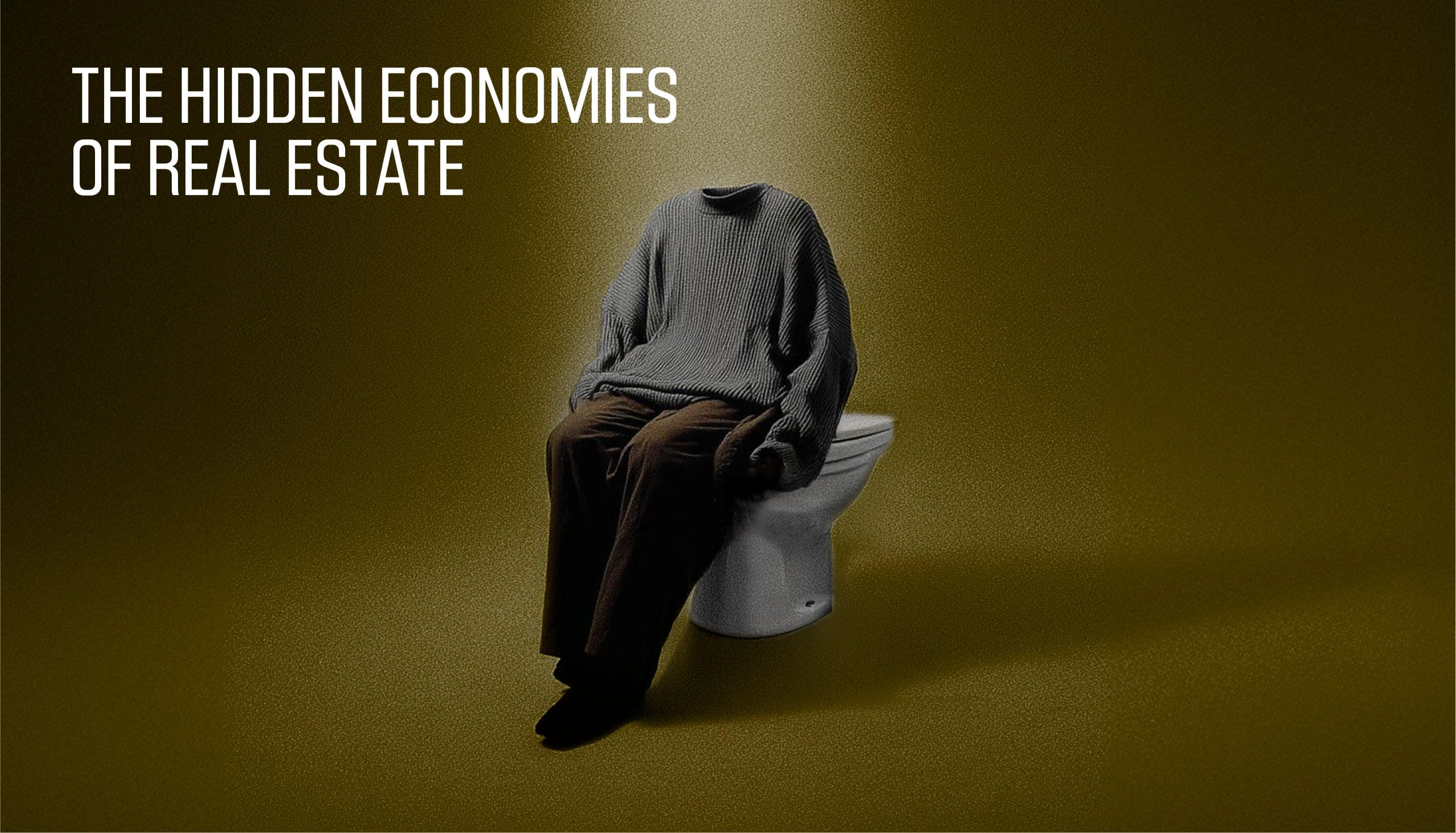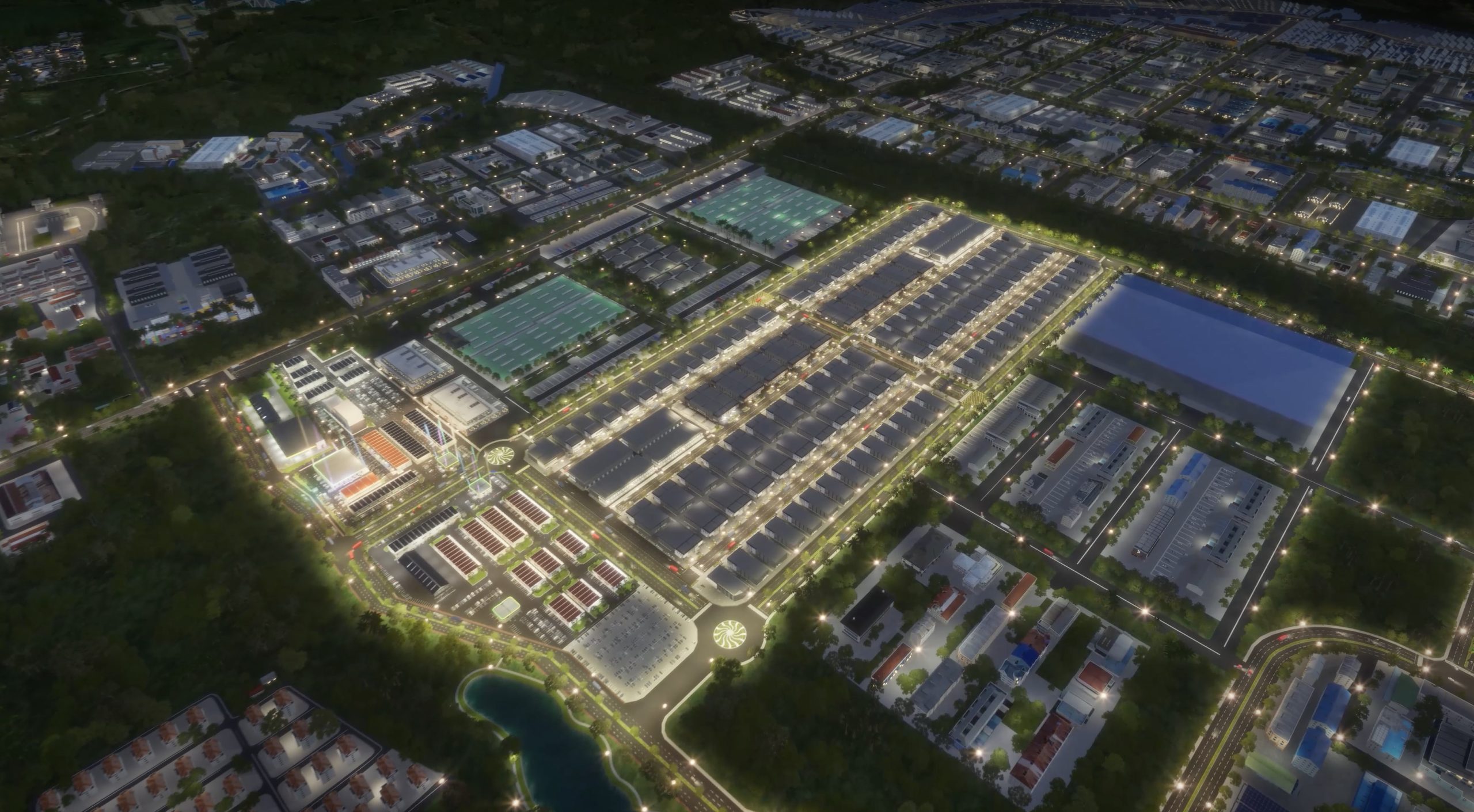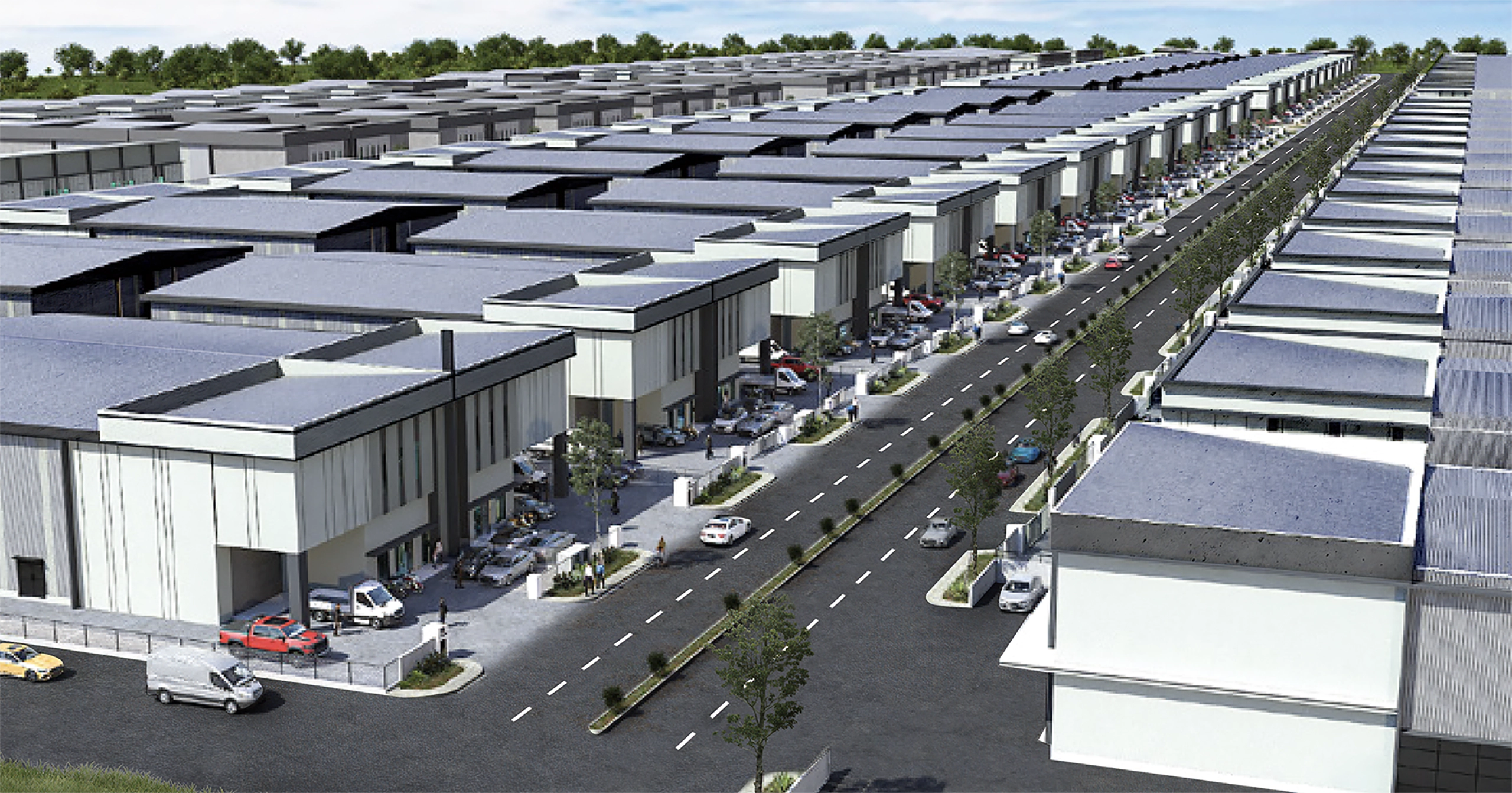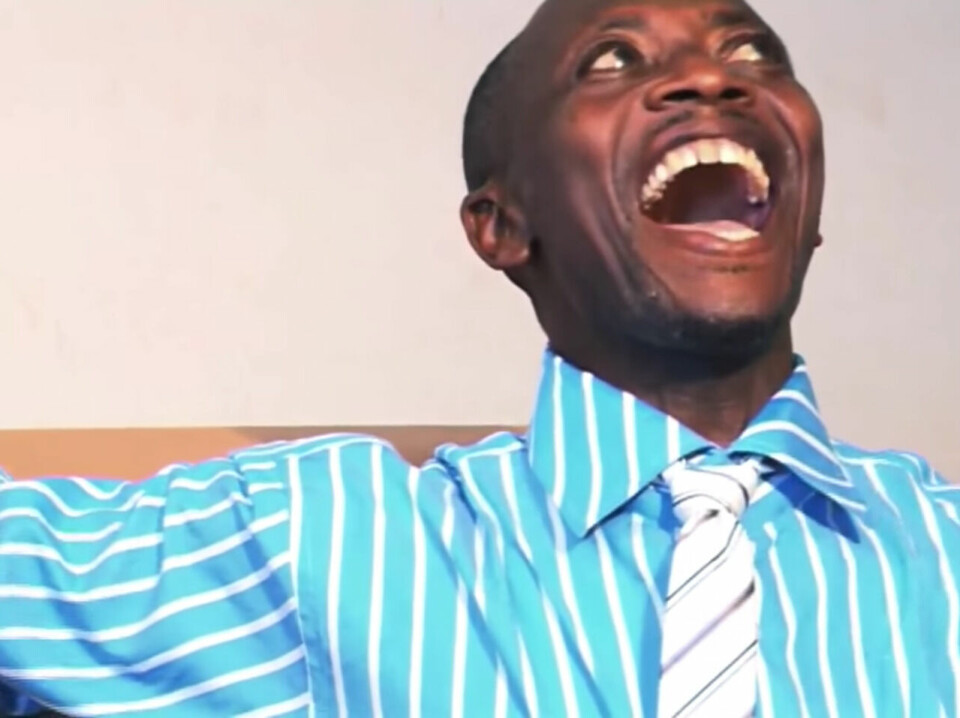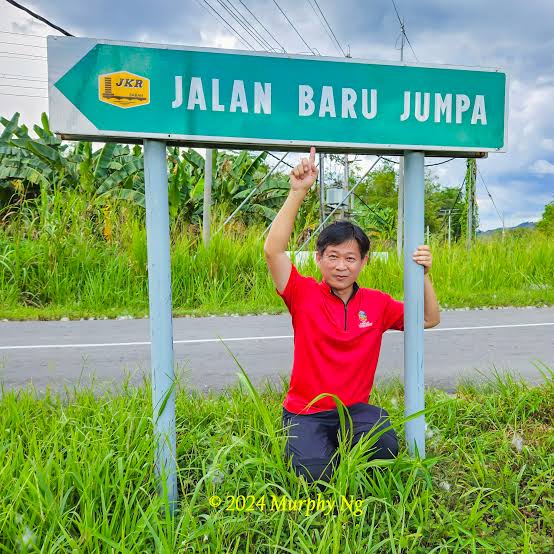At Malaysia’s busiest border, success is not set by skyline photos. It is set by toilets, parking, and the minutes that keep people on site. Call it minutes engineering.
The Folly of Copy-Paste Cities
Malaysia likes to borrow what looks successful. The copy is easy. The paste is hard.
Bangsar sold a city dream in the 1990s: condos, cafés, late nights. The street truth is parking fatigue. On weekend evenings, drivers loop Telawi again and again. Wheel-clamping videos and complaints are routine. City Hall even publicised a clamp sweep that hit 13 cars on Telawi in one go. It is lively until you need a bay that is not a prayer.
Cyberjaya was hyped as Malaysia’s Silicon Valley: MSC status, large campuses, wide roads, transit planned in. The hardware is fine. The miss was price. New launches and strata offices went well above the Klang Valley median while demand was still forming. Absorption slowed. Sub-sale undercut new stock. Overhang grew. Corporates wanted turnkey space and flexible terms. Many small owners needed headline prices to hold, so units sat. That is why you still see quiet office rows and retail streets, except in pockets where price matches use. This is not an infrastructure failure. It is a pricing misread that overpowered good hardware.
Batu Kawan on Penang’s mainland was pitched as the next industrial crown. It found rhythm after the logistics spine arrived, with PKT Logistics setting up The 12 Waves distribution hub and The Ship Campus, and with proper container and staging yards added to the plan. Before that, the second-bridge bottleneck and last-mile friction slowed everything. Since those anchors came in, planning briefs and investor decks tend to lead with road capacity, yard provision, and access sequencing first, and building typologies second. The order tells you what matters.
Kulim Hi-Tech Park is honest about its engine. It runs on policy and rides Penang’s eastward push. Industry, housing, and services spilled from the island and Seberang Perai into Kulim. When incentives line up with that tide, the park hums. When they do not, it thins. Even its own narratives and MIDA guides place Kulim inside that incentives architecture. Think of it as a policy-led campus that borrows momentum from Penang’s sprawl.
All four places speak of ambition. All carry scars. The lesson is simple. You can copy the width of a boulevard or the look of a façade. You cannot copy a place’s grammar.
A border town like Bukit Kayu Hitam follows a different script. Queues, surge weekends, and rain that tests every drain. The volumes are not abstract. In 2024, Sadao handled about 6,410,000 travellers, roughly twenty percent more than the year before. It also saw around 847,000 passenger vehicles, which is about 2,300 a day, and roughly 572,000 freight trucks, which is about 1,500 a day. Sadao is paired gate for gate with the Bukit Kayu Hitam border and the BKH ICQS, so the same waves of people and cargo hit our side too. This is our market, already moving at scale, already here, and waiting to be captured.
Real estate at the Malaysia–Thailand border lives or dies on three quiet systems. Toilets, parking, and sticky time. The grammar is blunt because the border is blunt. A scarf can be beautiful. The knot is what holds.
Field Note: NCT InnoSphere, Delapan
If you want to see a precinct try to operationalise that truth rather than wallpaper over it, watch NCT InnoSphere in Delapan. It is a multi-phase, managed industrial park in Malaysia built around the hidden economies that decide whether a border place works. The stance is simple. Engineer the minutes, then everything else. It sits inside the Delapan Special Border Economic Zone, where Malaysia–Thailand border logistics and traveller amenities can be designed as an ecosystem, not as afterthoughts.
When the Weekend Adds Monday
Drive the approach road when the country adds a Monday to the weekend. Men lean over Styrofoam coolers and sell water. Teenagers in borrowed vests wave cars into makeshift lots. A family learns, too late, that small bladders do not negotiate. A father scrolls for the next stop and follows the old border rule. Clean toilets first, petrol second, coffee third.
Truckers run a colder arithmetic. A heavy vehicle on the BKH to Sadao lane is a moving balance sheet. A 40-foot container, close to two TEU, often carries export-grade machinery, auto components, electronics, semi-finished systems, or cold-chain cargo. Loads worth RM300,000 to RM1,500,000 per trailer are common on this corridor, or RM150,000 to RM750,000 per TEU. The cost of delay is not the hourly cost of capital. It is the missed plant window, the driver-hour reset, the quality hold on a reefer, and the port or rail cut-off that slips to tomorrow. Even 15 to 30 minutes in the wrong part of the curve can flip a day’s schedule.
Over a long weekend, the pattern changes fast. Car traffic can jump to about 1.5 to 2.0 times the usual volume. Bus operators trim layovers to hold schedule, so arrivals bunch into tighter waves. Truckers aim to clear the border within the same two or three safe windows, which pulls convoys into short, heavy bursts. That is when staging bays, clear wayfinding, and fast turnarounds decide whether the line moves or stalls.
The First Anchor: The Toilet Economy
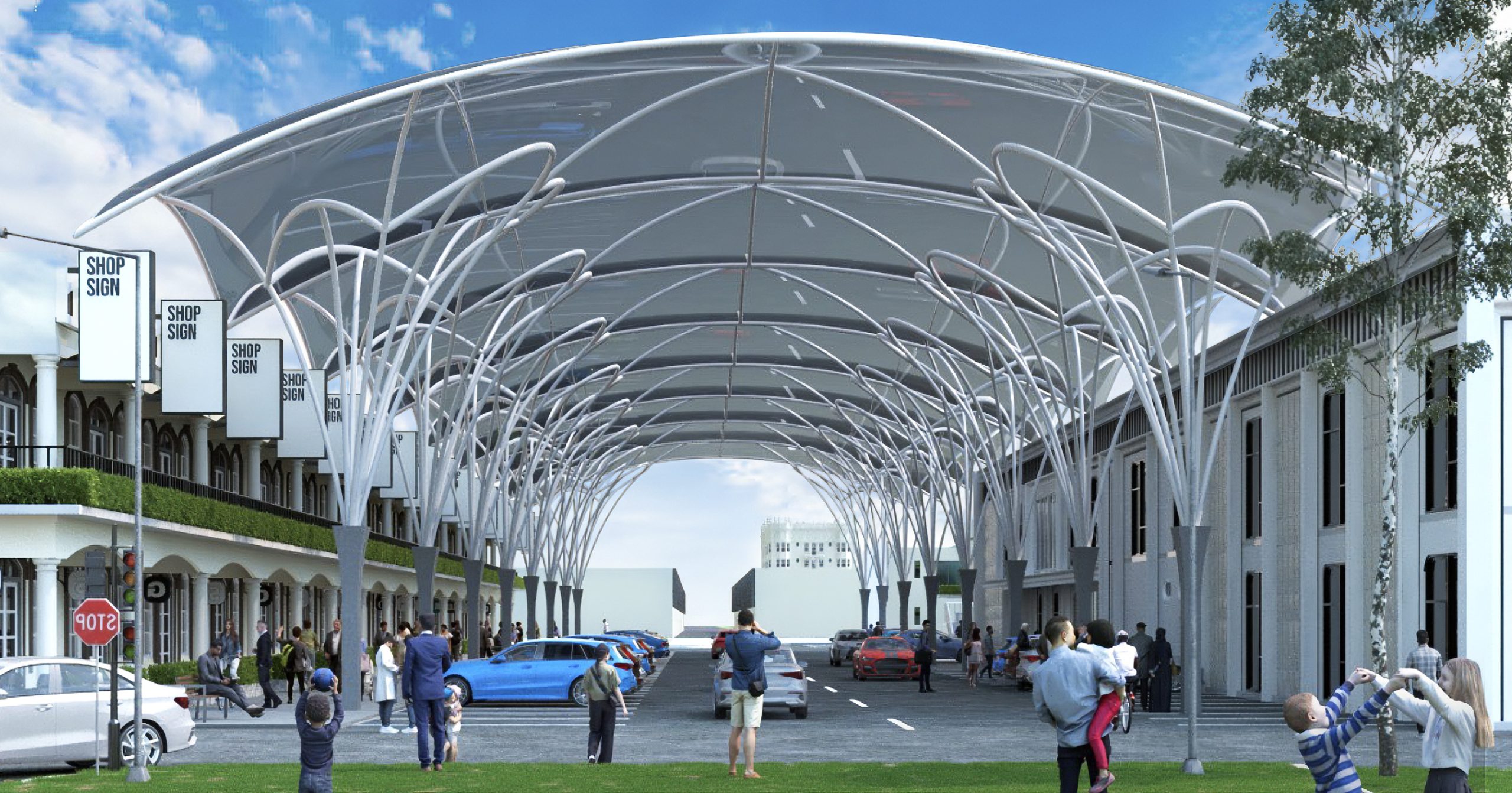
Sanitation is seldom advertised, but everyone remembers it. Picture a surge hour with roughly a thousand extra people. If clean, high-capacity toilets keep each person on site a few minutes longer, some of that time turns into spend. If a reasonable share buy something around 10 ringgit duringthat longer stop, the hour adds low-thousands in sales. Run the same pattern across a twelve-hour surge for two days and you reach tens of thousands before the add-ons even start, like mobile top-ups or over-the-counter items.
Now add sticky time. This is the window right after the toilet stop and before people leave, when they are most open to a second decision. If a modest share of the hourly crowd gets that window and one-quarter of them buy something around 10 ringgit, you add a few hundred ringgit per hour on top of the base figure. Over a twelve-hour day that becomes a few thousand Over two days, comfortably more. Combined with the base, the weekend uplift settles in the mid five figures. In plain terms, good toilets do more than avoid complaints. They buy minutes you can monetise.
Place certainty around the blocks and those minutes get longer and richer. Put ATMs, a money changer, and a small bank counter within a short walk. Add a minimart for water and snacks, plus food stalls and a few sit-down places for quick meals. Keep sightlines clear so people see options as they exit. Provide shade, seating, pram bays, and bins so they do not rush back to the car. Each task is short. Cash out, swap currency, grab a drink, top up, order a plate. They stack. A five-minute dash becomes thirty to sixty minutes of calm, useful dwell. That is the first-stop services spine, the practical face of minutes engineering.
The Multiplier: The Parking Economy
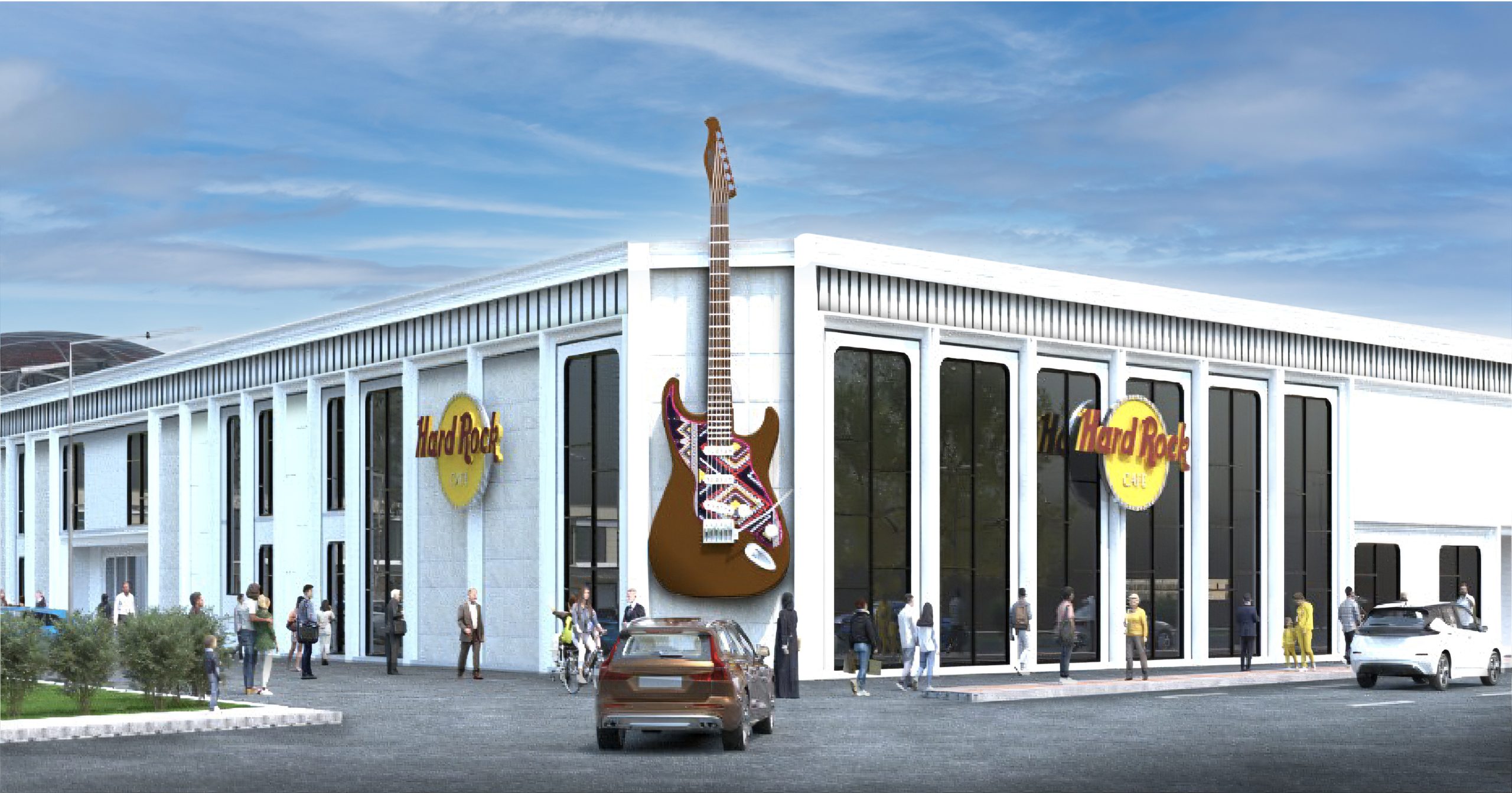
Toilets make people stop. Parking decides if they stay, and whether trucks keep sequence. Think of parking as sequence capital.
Picture a yard that can take about 100 heavy trucks at once. On a busy day, each bay can clear and take a new truck about three times. That protects roughly 300 movements in the peak day without illegal parking or blocked live lanes. For the BKH cargo mix, that yard quietly safeguards well over RM100,000,000 of rolling goods in a peak day, not by going faster but by keeping order. Convoys stay together. Dock times hold. Reefers stay cold. Driver hours do not tip into a reset.
Good parking changes choice. When drivers see clear bays near doors, they decide to stop. When the walk is short, shaded, and safe, they stay longer. That extra time becomes small buys that keep a street alive.
Start with the basics. Family bays, OKU bays, pram bays, and elder-friendly paths cut stress at the door. Coach lay-bys keep buses out of car lanes so passengers step down safely and reboard on time. Clear zones for cars, vans, and buses remove second-guessing. People are calmer when the next move is clear.
Now the ripple. Easier parking lifts the stop-in rate. As a rule of thumb, an easy stop can raise the share of cars that actually pull in by 10 to 20 percentage points. Shorter walks add 8 to 15 minutes of dwell for families and 5 to 10 minutes for solo drivers. Those minutes turn into a drink, a snack, a top-up, wet wipes, a quick SIM, or a takeaway box. It looks small per person. It is large at volume on a surge weekend.
Make it concrete. In a typical busy hour, more than 1,000 cars pass. If clear bays lift stop-ins by over ten points, that is hundreds more cars choosing to stop. If even half of those extra groups spend 15 to 25 ringgit, that adds low-thousands in retail for that hour. This is before the people who were already stopping spend a ringgit more because the walk is easier and the queue is shorter.
Now add the parking economy. With a modest entry fee, say RM2 per car, the same uplift adds hundreds per hour just from better access and layout. Over a full surge day, that becomes a few thousand. Over two surge days, that is mid four figures in incremental parking alone.
Peak weekends bring another layer. Many visitors cross for an overnight in Dannok. Price overnight parking around 20 ringgit. If roughly 10 percent of parkers stay overnight, overnight fees come in at the low thousands per night; even at about 5 percent, you still book a solid four-figure night. The short line between intent and spend is a car park you can actually find, with many choosing to leave cars overnight and time the return to miss the heaviest wave.
The Art: Sticky Time
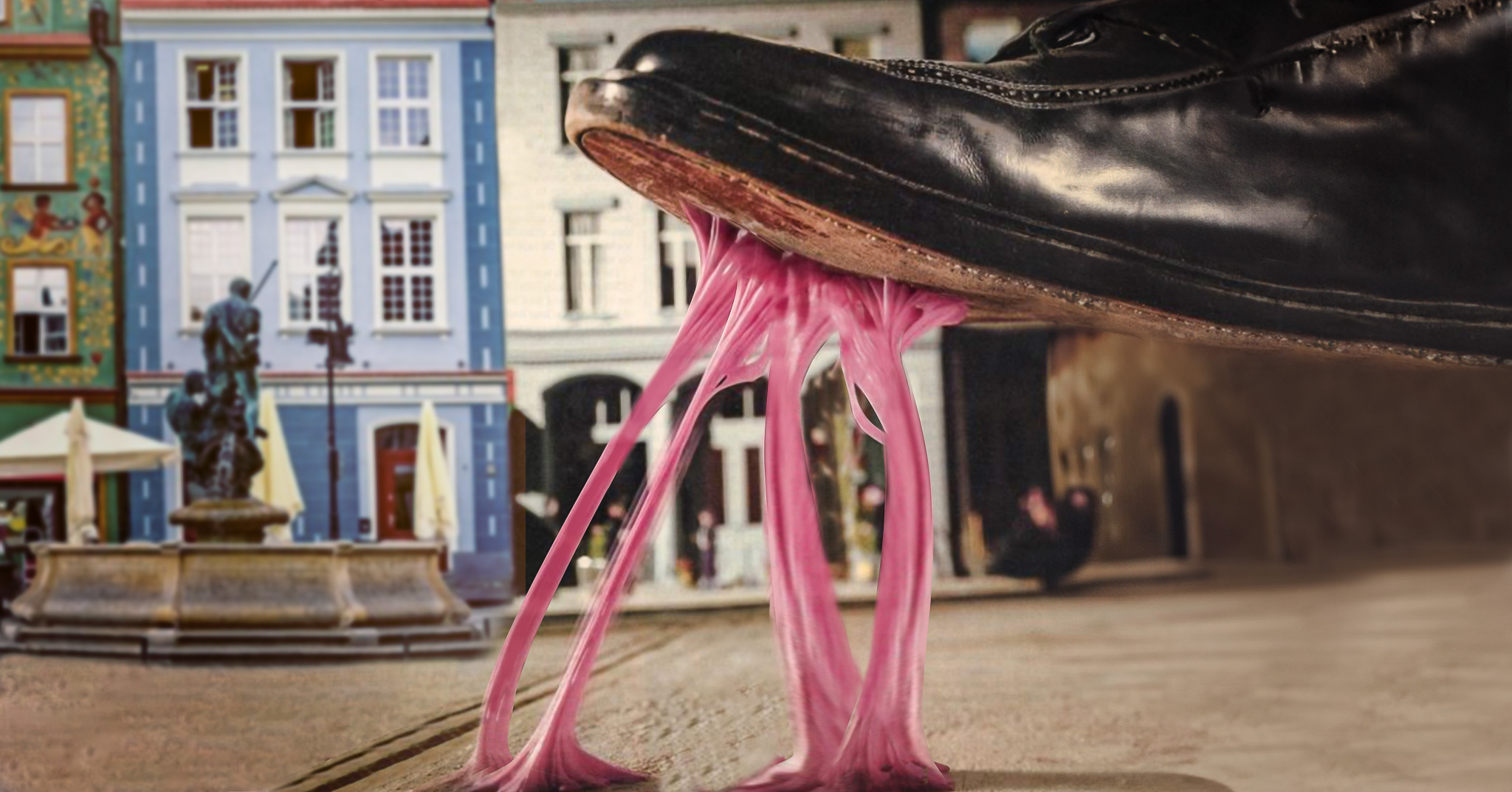
Sticky time is the useful minutes a visitor spends before, during, and after the thing that brought them in, usually the toilet. It is the single best predictor of takings at a border block. Sequence beats spectacle. You decide to stop because the promises are clear and close. Clean toilets ahead, a shaded walk, quick coffee, SIM or eSIM on the same row, and MYR, THB, or QR accepted. You park without hunting. You see prices before you queue. Certainty makes people stay. That is queue literacy, the quiet craft of telling people where to stand, what to expect, and how long it will take.
At InnoSphere we curate that sequence from the moment you choose to park. When the loop is right, the math is simple enough to believe. As a rule of thumb, every extra thirty minutes on site turns into about 15 ringgit per person in small baskets. Drinks, snacks, top-ups, quick bites, wipes. Families and groups lift that average. A family of four lands around 40 to 60 ringgit per half hour. A ten-bike convoy can land 150 ringgit or more as a group. Push dwell toward forty-five to sixty minutes and average baskets edge into the 20 to 30 ringgit per head range without anyone feeling pushed. Small numbers per person and large numbers at volume keep a border block alive between the surges. That is the stance InnoSphere takes.
Why This Matters Now and Why InnoSphere Is Timed Right
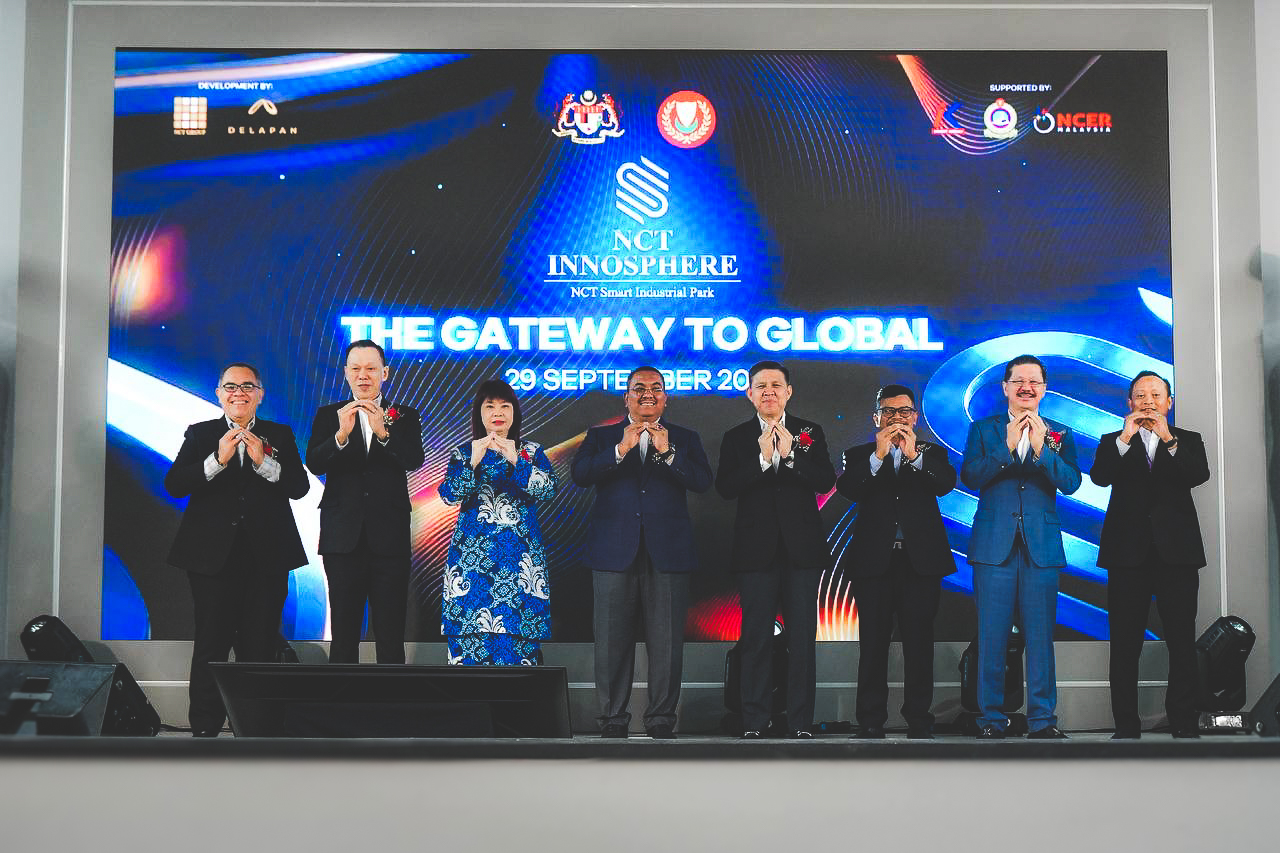
NCT InnoSphere at Delapan spans about 55.4 hectares. It rolls out in eight phases. It targets about RM1.1 billion in gross development value. It holds GreenRE Silver, provisional. It is a managed industrial park with a 25-acre commercial precinct inside the boundary, in the heart of the Delapan Special Border Economic Zone and within easy reach of the Sadao border crossing.
Bustle can be designed, but only if you start with the right anchor. In a place many Malaysians still do not know, the anchor must be the traveller. Make the first promise the toilet. Clean, high capacity, and always open. That single anchor supports RM20 to RM30 per person in small baskets such as a drink, a snack, a top up, or a quick bite. That becomes steady cash flow for tenants and a baseline for street life. Gamuda Cove uses a theme park as a placemaker. Here the placemaker is the toilet. Then we stack the rest in a simple sequence. Parking you can find, shade you can feel, signs you can follow, and prices you can see. Do that, and the block fills. Do it well, and the brands come. A Hard Rock Cafe at NCT InnoSphere will not be a surprise. It will be proof that the anchor worked.
This is the border at work, the mouth to Asia and the beginning of Malaysia. The skyline can wait. Toilets and parking work first. Then everything else follows.

